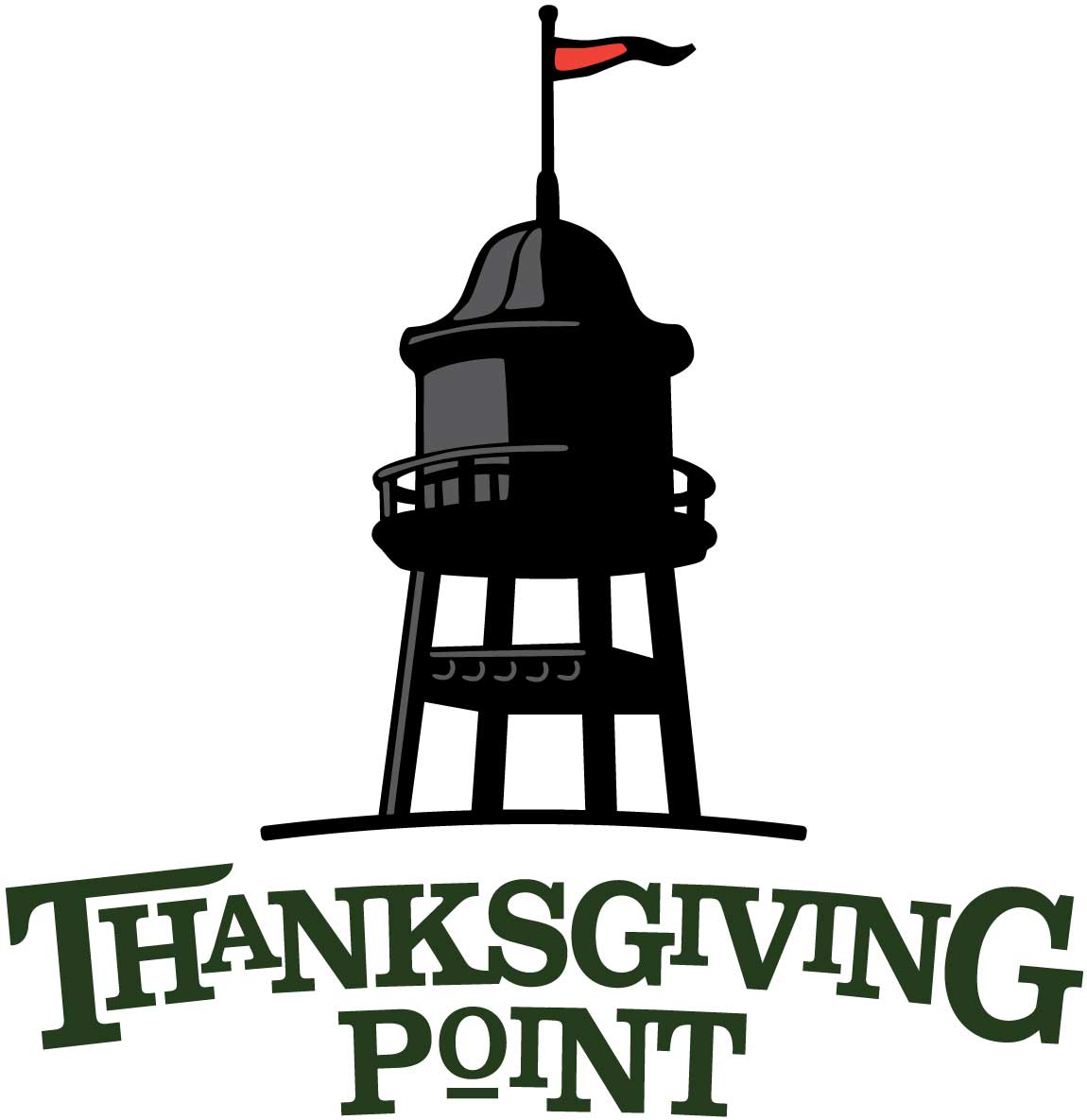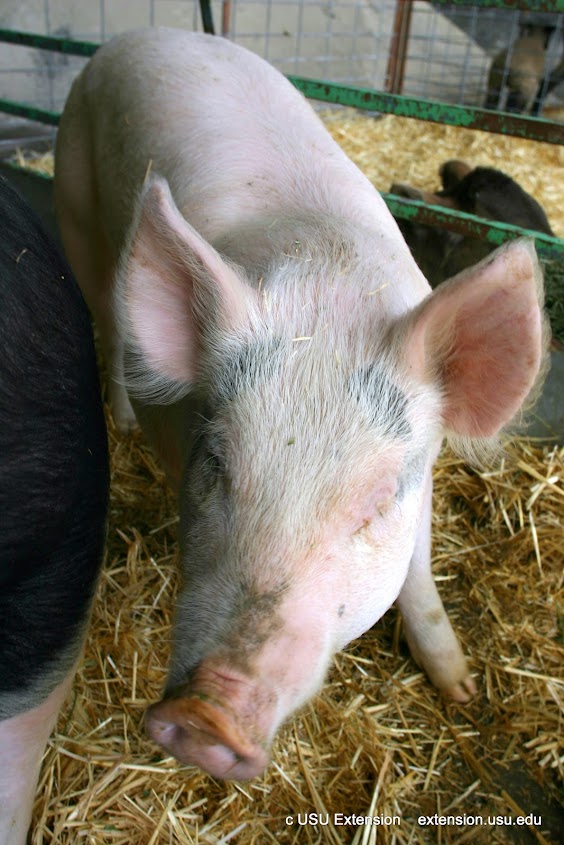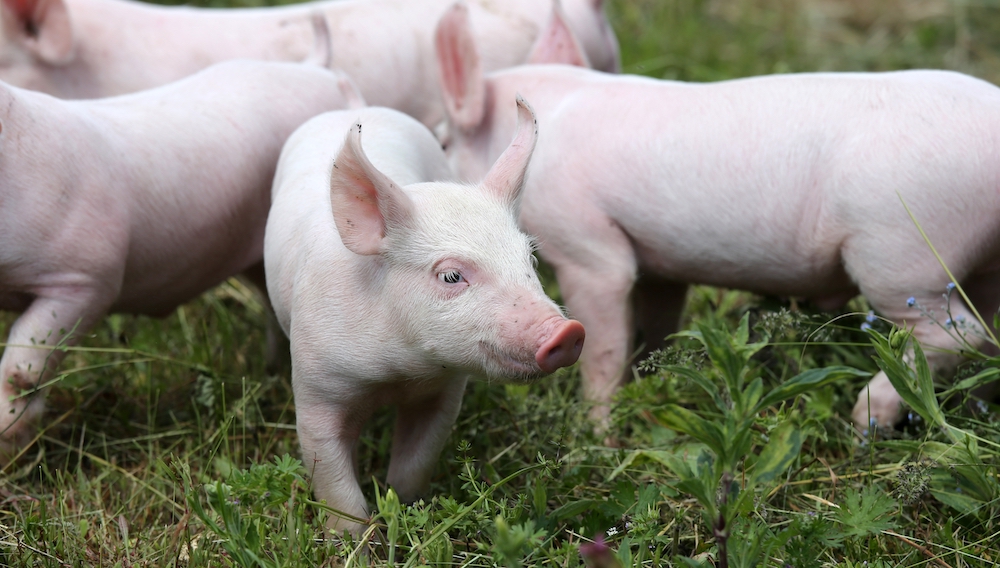Pasture Pig Basics

Introduction
With an increasing push for more sustainable agriculture practices, the idea of raising pigs on pasture has gained a lot of attention over recent years. Although it is possible to raise pigs on pasture, and this method of production may support some sustainability goals, there are some important considerations. This fact sheet aims to provide insight and answers to aspiring pig farmers so that they can make better-informed decisions before purchasing their pigs.
Selection
One of the first and most important decisions to make on any operation is selecting animals. When choosing pasture pigs, some traits will not only help increase animal productivity but will also help decrease costs in the operation.
When selecting pasture pigs, one of the first traits to consider is pig size at maturity. The adage "pounds equals dollars" and "bigger is better" may cause new producers to pick large breeds; however, on a pasture system, this thinking can be detrimental. Animals raised on pasture gain weight slower than animals in confinement due to the variability of nutrition. Selecting animals with a lower mature body weight will allow pigs to reach maturity quicker. This means less time on feed whether you are aiming to reach the ideal harvesting weight or breeding maturity. Feed is the number one cost for any livestock operation, so less time feeding is always beneficial. Along with mature size, growth rate is important. A smaller mature size will not matter in the long run if the animals cannot grow at a reasonable rate. There are a few different breeds of pasture pigs that are known for their smaller mature body size, but they also have very slow growth rates. Keep this in mind when researching and selecting breeding stock.

Another trait that is selected for in pasture pigs is a shorter upturned snout. Traditionally, pig snouts are long and straight (Figure 1). The shorter, upturned snout is best for pigs going on pasture. It will help limit the amount of rooting, therefore minimizing excessive damage to pasture plants and aiding in pasture management. While this trait is often selected for, it is not essential. Many producers still use traditional breeds and have found success on pasture systems.
Although there is nothing prohibiting any breed from being used, some breeds will do better on pasture. Below is a list of breeds that are more common in pasture systems.
- Berkshire
- Chester Whites
- Hampshire
- KuneKune
- Mangalista
- Red Wattle
- Tamworth
Nutrition
Pigs have a monogastric digestive system, common in omnivores and carnivores. The monogastric system has an acidic stomach that dissembles protein and passes on nutrients to the small intestines to be absorbed (Penn State Extension, 2022). However, herbivore livestock species such as cattle, sheep, and goats, have a ruminant digestive system. One of the reasons it is common to see cattle, sheep, and goats grazing is because of how efficient their digestive systems are at absorbing nutrients from pasture. The ruminant digestive system ferments and breaks down forage fibers within the rumen, making nutrients more available for absorption. Pigs, on the other hand, are not as well equipped to utilize forages as the main source of nutrients. The term "rooting" refers to pigs using their snouts to dig up plants to get to the nutrient-dense roots.

To optimize growth and maintain a healthy herd, it is important to understand the components of the pasture and consider supplementation (Figure 2). Because the human digestive tract is similar to pigs, it is easy to imagine what it would be like to have a steady diet of lettuce, celery, and other fiber-rich foods. With a diet of sole forage, some nutrients would be absorbed over time, but energy and protein would be seriously lacking. If pigs do not receive a complete diet, negative impacts on productivity and overall health are quickly seen.
A 2011 study concluded that pigs grazing forages in a crop-pasture rotation performed best when 50% of the energy requirements were supplied by supplements/concentrates, and forages were grazed in the early vegetative stage (Fortina et al., 2011). Concentrates consist of feeds high in energy and protein but low in fiber, such as corn, barley, soybean, flax, barley, or wheat.
To help illustrate concentrate required while pigs are on pasture, Tables 1 and 2 provide the amount of concentrate needed ad-lib for pigs at different sizes, as well as the amount given at 50% to help producers know how much concentrate or supplement needs to be provided to pigs on pasture. Table 1 focuses on growing pigs, while Table 2 looks at breeding pigs in gestation and lactation. The tables are adapted from the Nutritional Requirements of Swine by the National Research Council (2012). Similar and more detailed tables can be found in the Merck Veterinary Manual: https://www.merckvetmanual.com/management-and-nutrition/nutrition-pigs/nutritional-requirements-of-pigs
Table 1. Estimated Feed Intake and Waste of Growing Pigs Fed Ad Lib (90% Dry Matter)a
|
Nutrition requirements |
Body weight (lb) |
||||||
|
11-15 |
15-24 |
24-55 |
55-110 |
110-165 |
165-220 |
220-297 |
|
|
Estimated feed intakeb + wastaged (lb/day) |
0.62 |
1.09 |
2.10 |
3.49 |
4.91 |
5.81 |
6.47 |
|
50% estimated feed intakec + wastaged (lb/day) |
0.31 |
0.55 |
1.05 |
1.75 |
2.46 |
2.91 |
3.24 |
|
a Adapted from Nutrient Requirements of Swine by the National Research Council (2012) |
|||||||
Table 2. Estimated Feed Intake and Waste of Growing Pigs Fed Ad Lib (90% Dry Matter)a
|
Characteristics |
Gestation |
Lactation (21 day) |
||||
|
Parity |
1 |
3 |
1 |
2+ |
||
|
Anticipated litter size |
12.5 |
13.5 |
- |
- |
||
|
Day of gestation |
0-90 |
90-115 |
0-90 |
90-115 |
- |
- |
|
Nutrition requirements |
||||||
|
Estimated feed intake + wastageb (lb/day) |
4.70 |
5.58 |
4.87 |
5.75 |
13.12 |
14.57 |
|
50% estimated feed intake + wastageb (lb/day) |
2.35 |
2.79 |
2.44 |
2.88 |
6.56 |
7.29 |
|
a Adapted from Nutrient Requirements of Swine by the National Research Council (2012) |
||||||
While the table makes some assumptions in providing feed intake for pigs on pasture, the data can provide a starting point for the amount of concentrate used when supplementing pasture pigs. Carefully monitoring pig behavior and feed intake should be followed to determine the most economic amount of concentrate to supplement pigs on pasture. Ideally, concentrate should consist of 16% protein, with piglets’ protein increased to 18%.
Pasture Management and Rotation
Managing pastures is crucial when raising pasture pigs. Pigs tend to root and dig, and this is hard on pasture grasses (Figure 3). Even large pastures can deteriorate quickly if not managed correctly. Any pasture pig operation should have a "sacrifice lot" or "sacrifice pasture" (Sustainable Agriculture Network [SAN], 2003). The sacrifice lot is an area of the pasture designated to be overused, and likely destroyed, so the remaining pasture can see a period of little to no animal use. This strategy allows owners to keep their prime pasture ground thriving because it can be allowed to rest and recover. The sacrifice lot should be fenced and easy to maintain with good drainage and shelter. The above-stated research study (Fortina et al., 2011) also stated that pasture pigs perform best when a shelter is available or when pigs have a way to cool off during the warm season of the year.

Plant selection is an important factor for both pasture management and nutritional availability for pigs. Most pastures will consist of different pasture grass varieties that pigs will be able to utilize. Mixing crops with higher energy will help your pasture provide the proper nutrition for pigs (National Research Council, 2012). Clover, oats, and even corn can help increase nutrition and decrease the amount of feed supplement needed (SAN, 2003). To add different crops into a pasture, strip planting would be optimal. Animals should not be allowed to graze pastures until the new crop reaches maturity and is ready for grazing. Pastures will need to be established before allowing animals to graze to avoid killing off the grasses. If newly planted, pastures should be allowed at least one full growing season. If already established, pasture grasses should be utilized once they reach 8 inches to 10 inches in height (Kenny, 2022).
Another important consideration is your land’s carrying capacity. A suggested rule of thumb is to have three sows per acre of land (SAN, 2003). This will greatly depend on the availability of water, climate, and growing season. To maintain a healthy pasture, it is recommended to "take half leave half," meaning that animals are allowed to consume approximately 50% of the available forage before allowing the pasture to rest. If the pasture is not able to recover in a reasonable time for your production goals, you may need to adjust your herd size or increase supplementation.
Conclusion
While the information provided in this fact sheet is only scratching the surface, the authors hope that it can be a good starting guide for those interested in raising pigs for pasture. For further questions, please feel free to reach out to the authors by email. They would be happy to help.
Sources
- Fortina, R., Brugiapaglia, A., Tassone, S., Malfatto, V., Cavallero, A. (2011). Pasture-Based Swine Management: Behaviour and Performances of Growing-Finishing Pigs. Animal Science and Biotechnologies, 44(1), 37-40. https://iris.unito.it/bitstream/2318/84361/1/SPASB%202011%20pigs%20pasture.pdf
- Kenny, L. (2022). Pasture management by seasons [Fact sheet]. Penn State Extension. https://extension.psu.edu/pasture-management-by-the-seasons
- National Research Council. (2012). Nutrient requirements of swine (11th revised ed.). The National Academies Press. https://doi.org/10.17226/13298.
- Penn State Extension. (2022). Swine digestive system. Swine Production and Management Home Study Course. https://extension.psu.edu/programs/courses/swine/nutrition/swine-nutrients/swine-digestive-system#:~:text=In%20a%20monogastric%20digestive%20system,assist%20in%20small%20intestine%20digestion
- Sustainable Agriculture Network (SAN). (2003). Profitable pork: Strategies for hog producers. In Alternative Hog Production Systems: Raising Pigs on Pasture (pp. 2–7). Sustainable Agriculture Research and Education (SARE). https://www.sare.org/wp-content/uploads/Profitable-Pork.pdf
Published February 2023
Utah State University Extension
Peer-reviewed fact sheet
Authors
Jacob Hadfield, Jessie Hadfield, and Josh Dallin, Utah State University
Lorie Millward, Thanksgiving Point Institute

